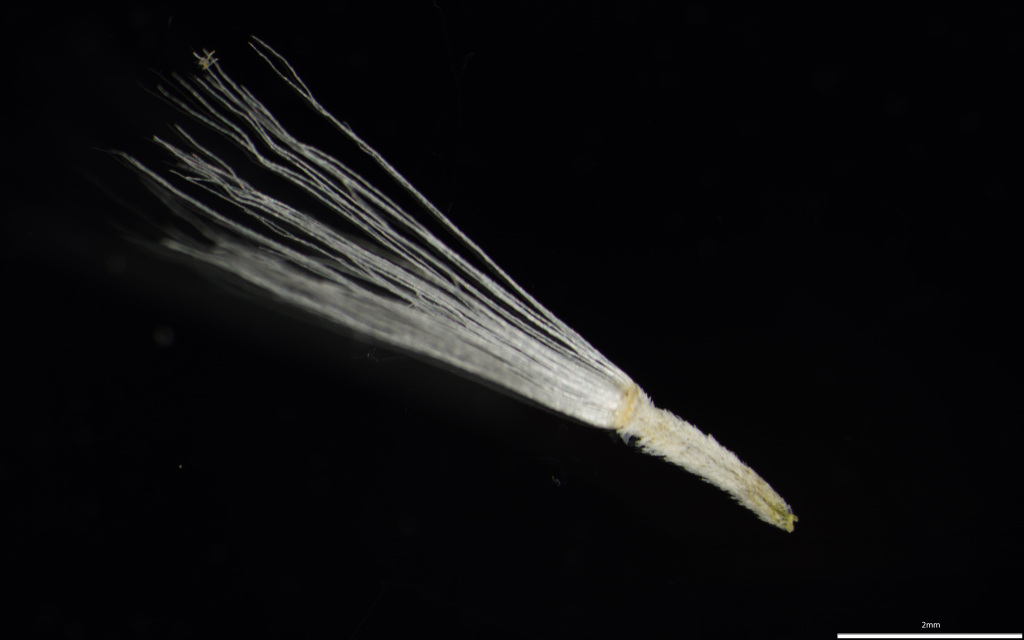Senecio lanibracteus
I.Thomps. Desert GroundselErect or spreading shrub to 1.8 m high, typically with a close, short wool usually present on younger parts, variably dense and persistent, rarely ±glabrous, sometimes mildly glaucous. Leaves pseudopetiolate or auriculate, slightly fleshy to papery, narrow to very narrow-elliptic, to 10 cm long, 10–15 mm wide, appressed-woolly at least when young, variably glabrescent or sometimes finally glabrous, undivided or coarsely dentate to lobate; margin dentate or denticulate, rarely entire. Inflorescence corymbose, of c. 5–40 capitula; capitula non-radiate; involucre cylindric, 3.0–6.0 mm long, slightly to densely appressed-woolly, variably glabrescent, rarely glabrous; bracts 8–10(–12); bracteoles present; florets 10–18(–22), all bisexual. Cypselas cylindric, 2.5–4.0 mm long, straw-coloured, papillose-hairy, usually in lines several hairs wide; pappus of slender hairs 4–7 mm long, deciduous. Flowers Oct.–Jan.
LoM, MuM, MSB, GipP, Gold. Rare in Victoria where only known from two collections in the north-west (Wyperfeld National Park, and Neds Corner Station, west of Mildura) and a dubious pre-1900 record from near Bendigo. Recorded from winter-wet chenopod shrubland and a lake margin.
 Spinning
Spinning


